Art History High Renaissance → Mannerism
1/17
Earn XP
Description and Tags
Name | Mastery | Learn | Test | Matching | Spaced |
|---|
No study sessions yet.
18 Terms
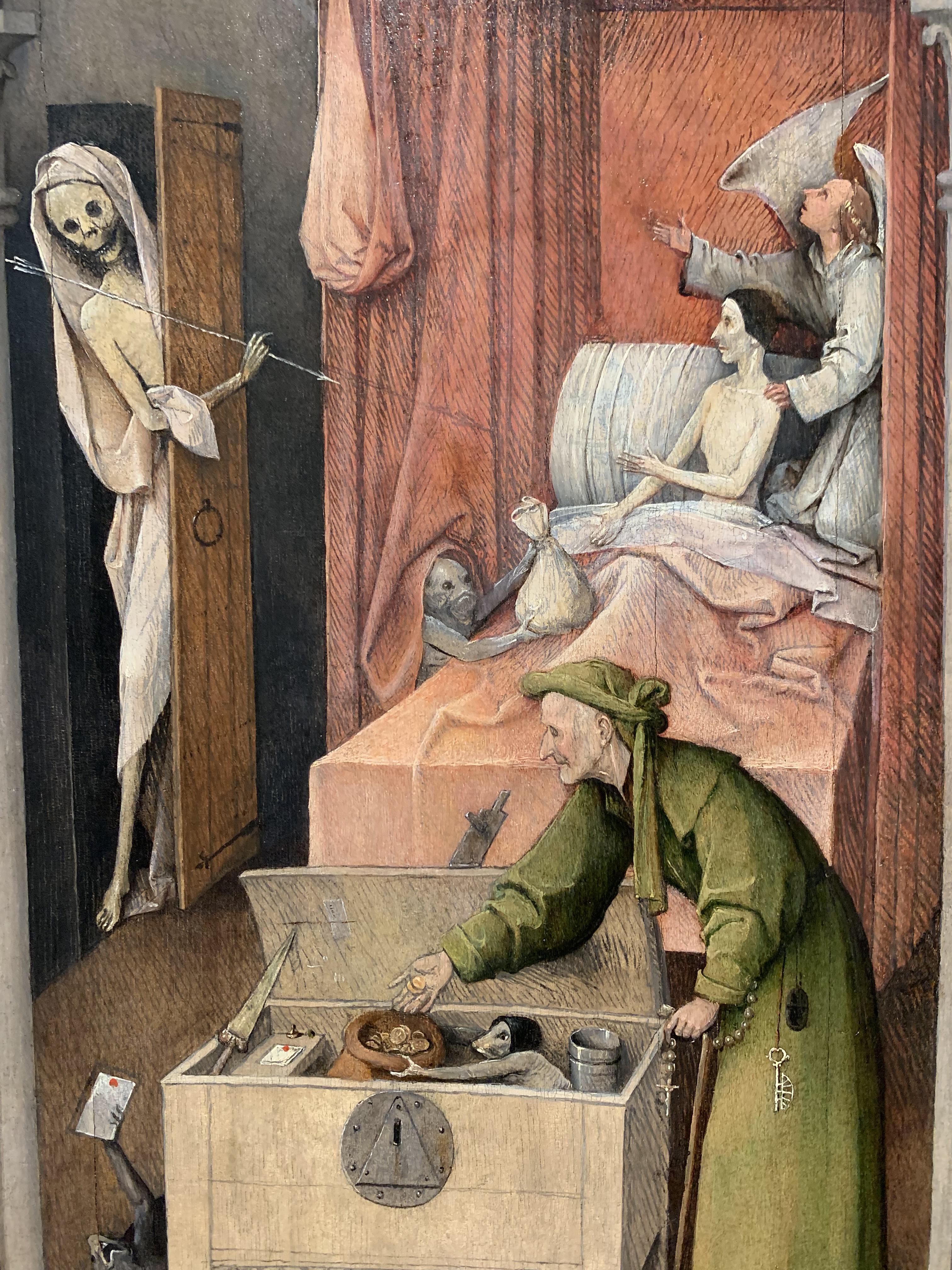
Title: Death of a Miser
Artist: Hieronymus Bosch
Date: c. 1490
Culture: Flemish
Period: High Renaissance
3 Facts:
Didactic work meant to teach moral lessons about greed and death
Death is at the door, pointing at the miser
Created for upper-class viewers, warning not to hold onto wealth
Didactic Art
Art intended to teach or convey a moral lesson.
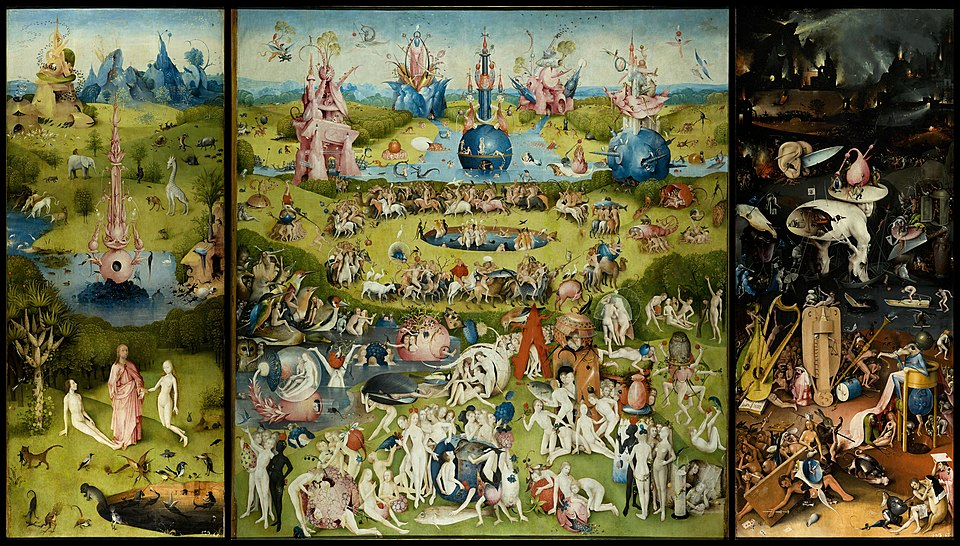
Title: Garden of Earthly Delights
Artist: Hieronymus Bosch
Date: c. 1500
Culture: Flemish
Period: High Renaissance
3 Facts:
Triptych showing the world before sin
The middle panel is full of erotic symbolism and sensual pleasure
The owl symbolizes the devil, surrounded by hybrid evil creatures
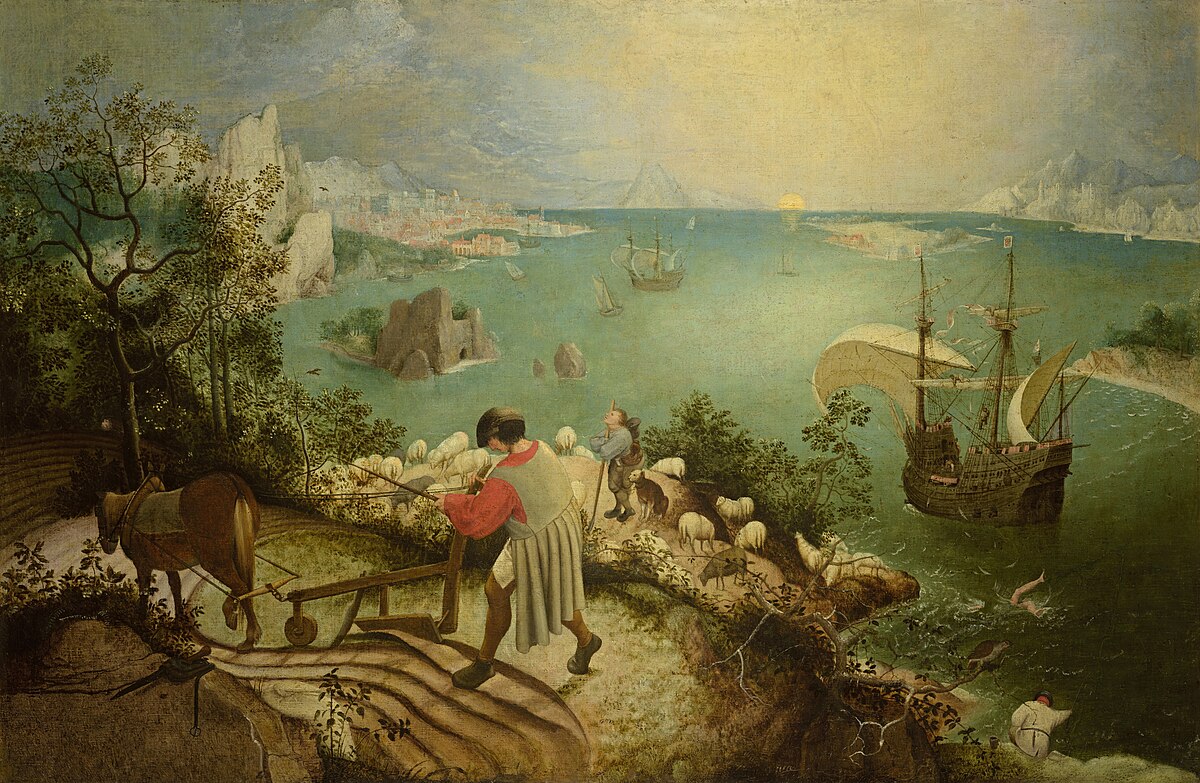
Title: Fall of Icarus
Artist: Pieter Brueghel
Date: c. 1558
Culture: Flemish
Period: High Renaissance
3 Facts:
Horizon is curved; shows astronomical understanding
Critique of human pride and overambition; a sin
Emphasizes the indifference of society to personal tragedy
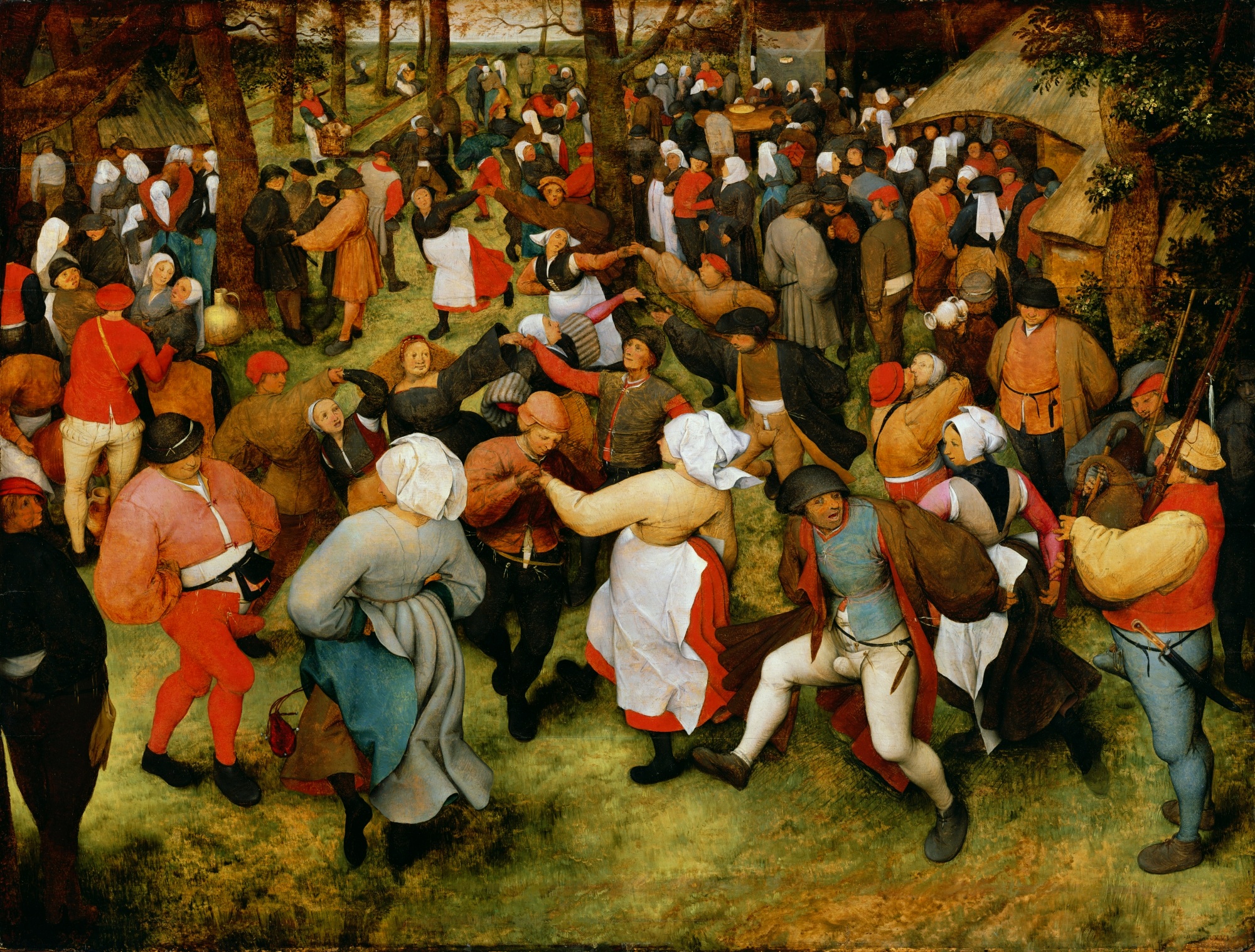
Title: Wedding Dance
Artist: Pieter Brueghel
Date: c. 1566
Culture: Flemish
Period: High Renaissance
3 Facts:
Depicts a vulgar genre scene of peasants’ noisy partying
Linear composition
After-party celebration showing joy and chaos
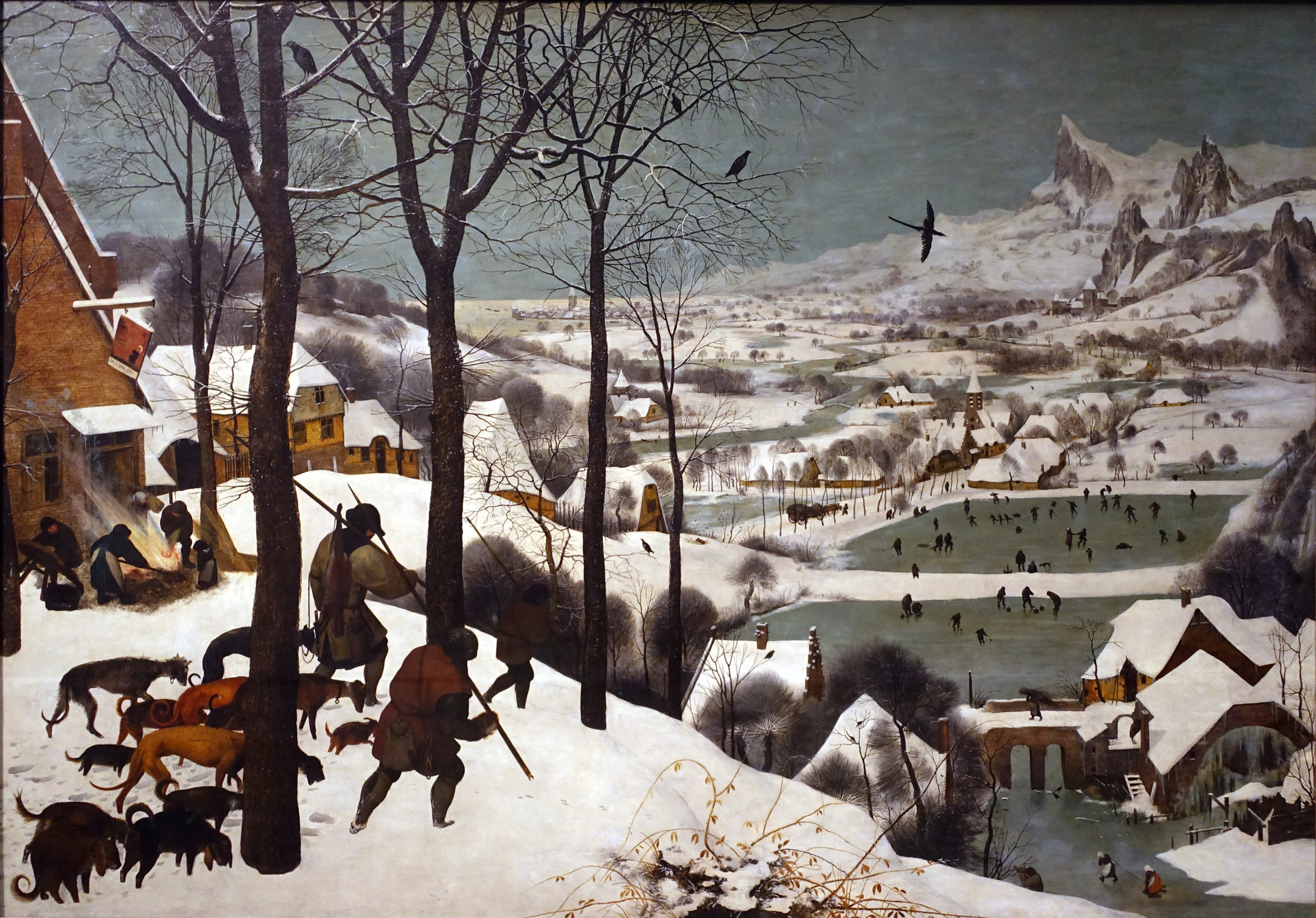
Title: Hunters in the Snow
Artist: Pieter Bruegel the Elder
Date: c. 1565
Culture: Flemish
Period: High Renaissance
3 Facts:
Depicts hunters returning from a winter expedition
Idea of defeat, lack of success from hunting due to the winter weather, many animals have gone into hibernation
Widely reproduced as a lithography print
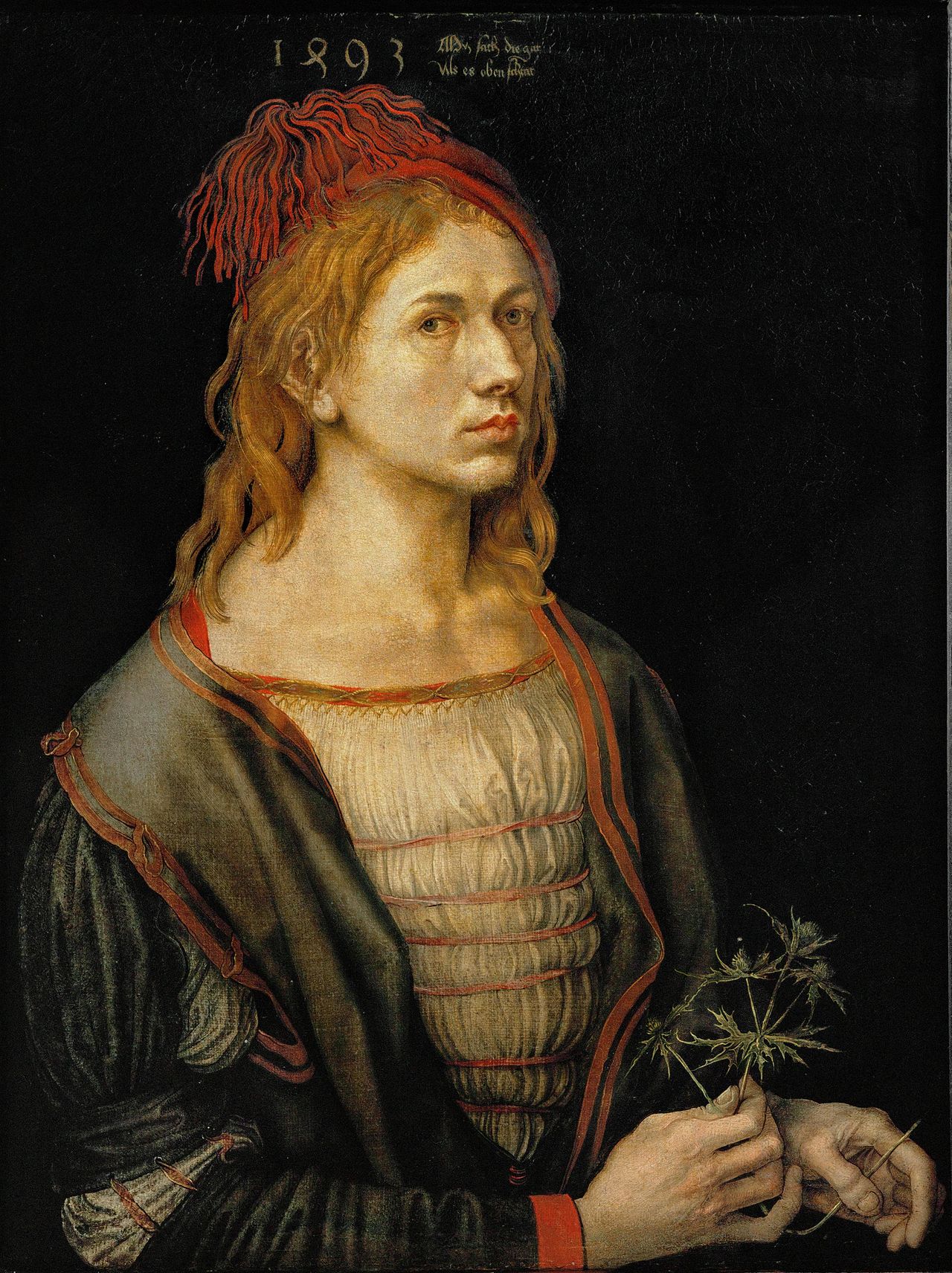
Title: Self Portrait
Artist: Albrecht Dürer
Date: c. 1493
Culture: German
Period: High Renaissance
3 Facts:
Holding a flower symbolizing his wife, symbolizing his fidelity
Drawn using a mirror reflection. Personal reflection of self-perception
Use of subtle chiaroscuro
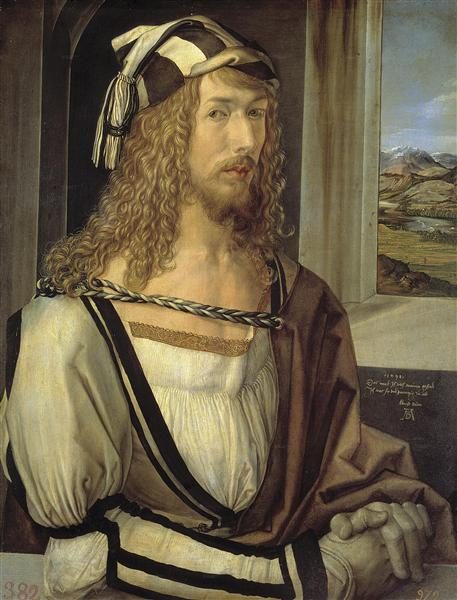
Title: Self Portrait
Artist: Albrecht Dürer
Date: c. 1498
Culture: German
Period: High Renaissance
3 Facts:
Fashionable clothing inspired by Italian influence
Exploring artistic style and identity, exemplified by his series of 12 self portraits throughout his lifeline
Use of a find spot

Title: Self Portrait
Artist: Albrecht Dürer
Date: c. 1500
Culture: German
Period: High Renaissance
3 Facts:
Portrays himself as Salvator Mundi (Christ figure)
Blessing hand gesture reflects Christ’s; imitate Jesus’ virtue and morality
Use of chiaroscuro

Title: Knight, Death, and the Devil
Artist: Albrecht Dürer
Date: c. 1513
Culture: German
Period: High Renaissance
3 Facts:
Intaglio (a design incised or engraved into a material) print on copper/zinc plates
The dog symbolizes faith and fidelity, accompanying the knight
Death rides a horse beside the knight’s path
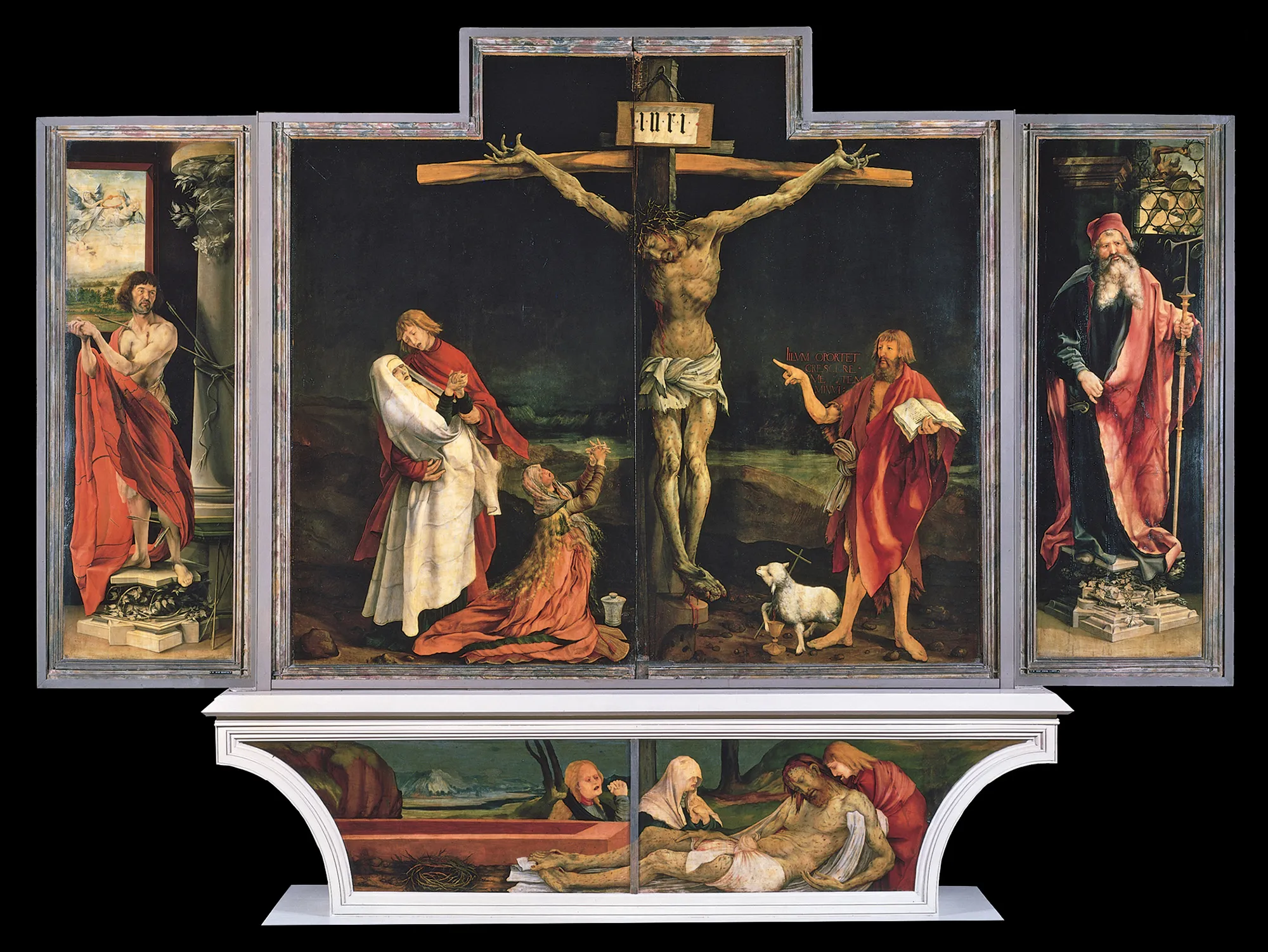
Title: Isenheim Altarpiece
Artist: Matthias Grünewald
Date: c. 1512–1516
Culture: German
Period: High Renaissance
3 Facts:
Made for a hospital treating plague/skin disease
was meant to mirror the suffering of the patients, offering spiritual consolation. Very bloody to appeal to German audiences; they liked gore
Multipanel polyptych, unrealistic depiction of the crucifixion, nails were put through wrists instead of hands to hold the body weight, shows limited biblical understanding
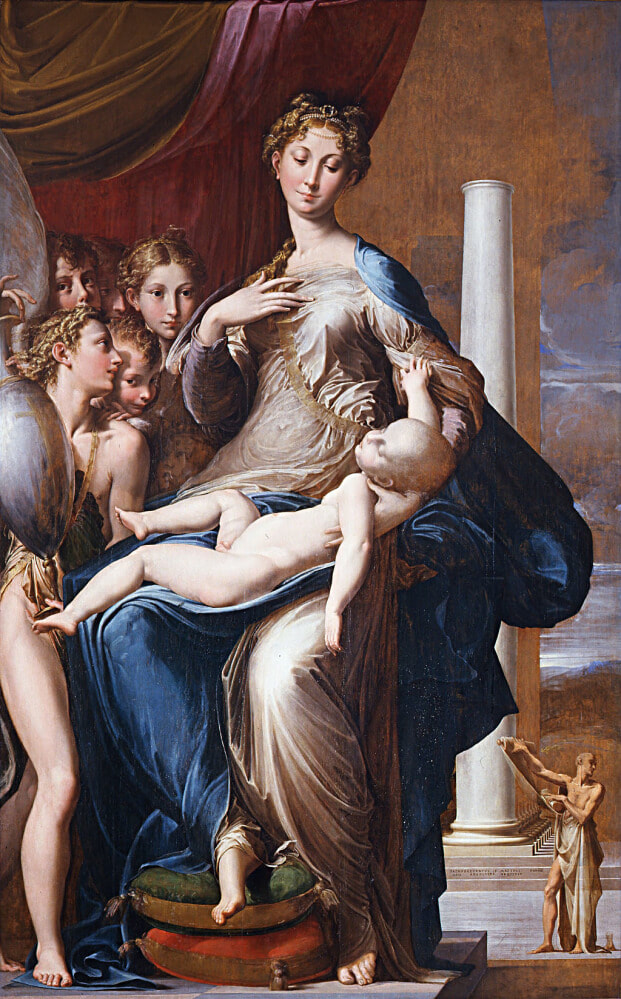
Title: Madonna of the Long Neck
Artist: Parmigianino
Date: c. 1530-35
Culture: Italian
Period: Mannerism
3 Facts:
Elongated proportions of Mary and Jesus; reflects Mannerist traditions (heavily influenced by Protestant Reformation)
Baby Jesus appears unnaturally aged
Multiple angels crowd the composition
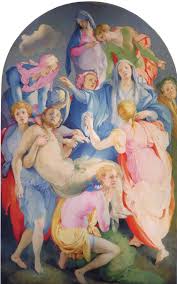
Title: Deposition
Artist: Pontormo
Date: c. 1530-35
Culture: Italian
Period: Mannerism
3 Facts:
Floating figures with twisted poses
Unnatural pastel colour palette
No clear groundline; adds instability (reflects themes from counter reformation)
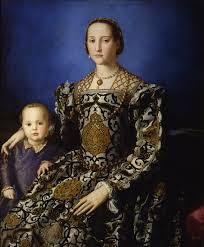
Title: Eleonora of Toledo
Artist: Bronzino
Date: c. 1530-35
Culture: Italian
Period: Mannerism
3 Facts:
Painted with her son to show dynastic power
Precise lines and idealized beauty
Emphasis on fabric texture and wealth symbolizm
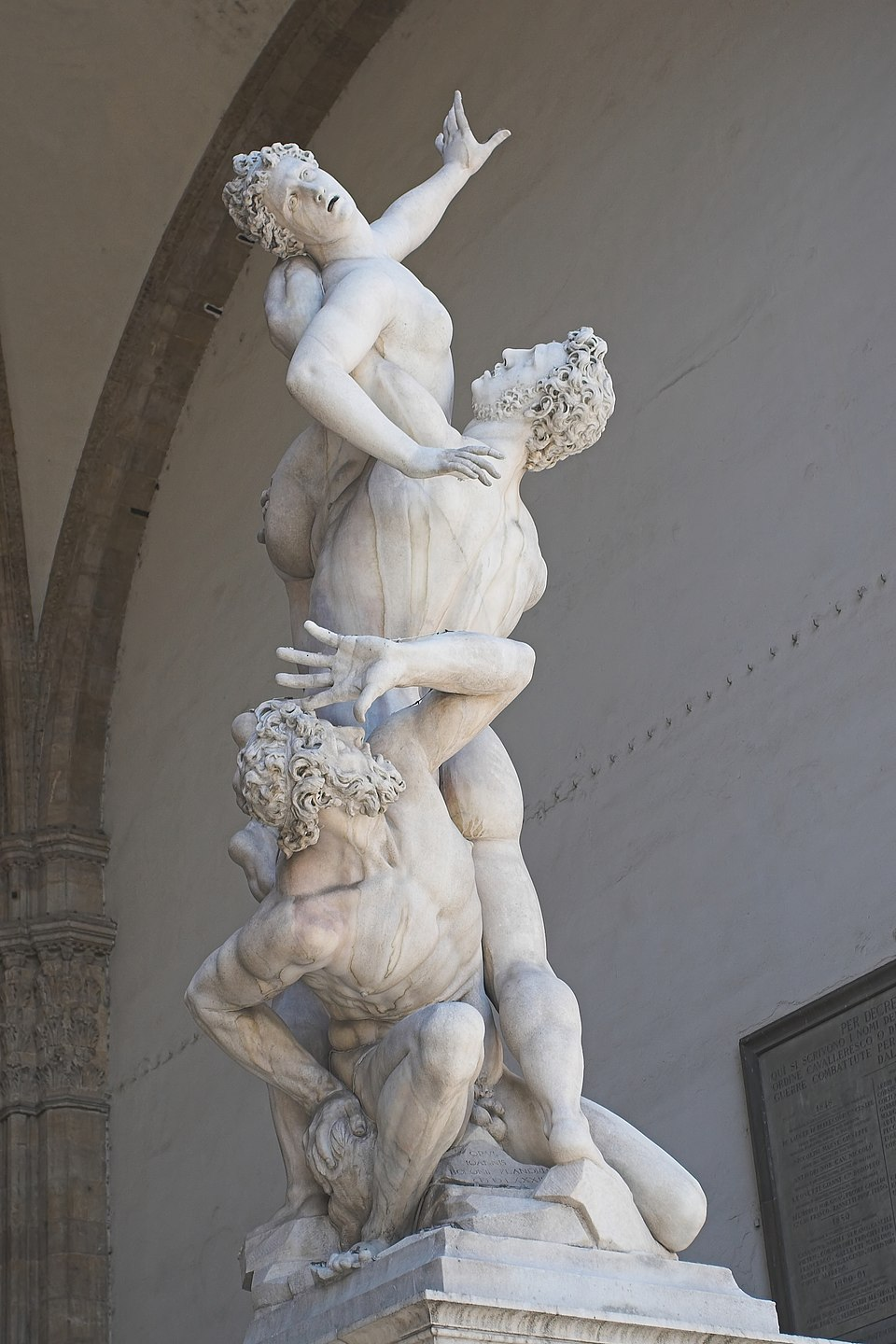
Title: Rape of the Sabine Women
Artist: Giovanni da Bologna
Date: c. 1530-35
Culture: Italian
Period: Mannerism
3 Facts:
Carved from a single block of marble
Complex twisting composition (serpentinata)
Sculpture in the round—meant to be viewed from all angles
Serpentinata
a pose characterized by twisting and contorting figures, often in a spiral or serpentine form, typical of the Mannerist style; builds on Contrapposto
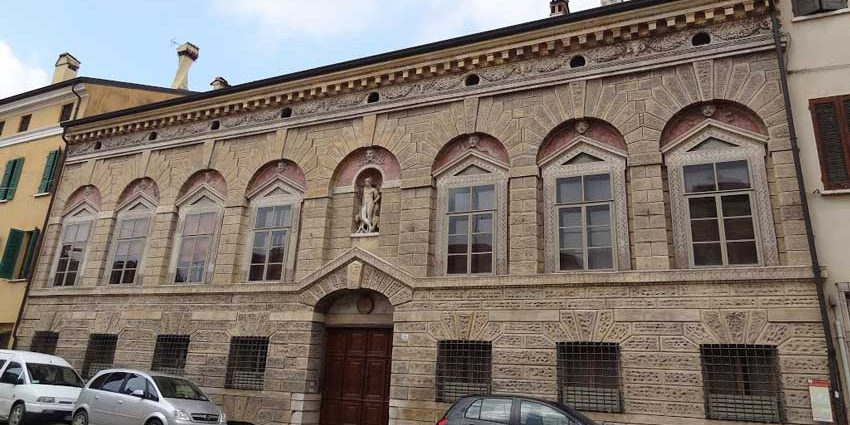
Title: Palace of Giuliano Romano
Artist: Giuliano Romano
Date: c. 1530–1535
Culture: Italian
Period: Mannerism
Location: Mantua, Italy
3 Facts:
Uses illusionistic elements like false facades and broken architecture
Features bush-hammered textures to create an aged appearance
Mocks classical Greek rules, away from balance and harmony of High Renaissance
Bush Hammering
architectural and sculptural technique where a stone surface is intentionally roughened with a hammer. This gives the material an aged, weathered apperance